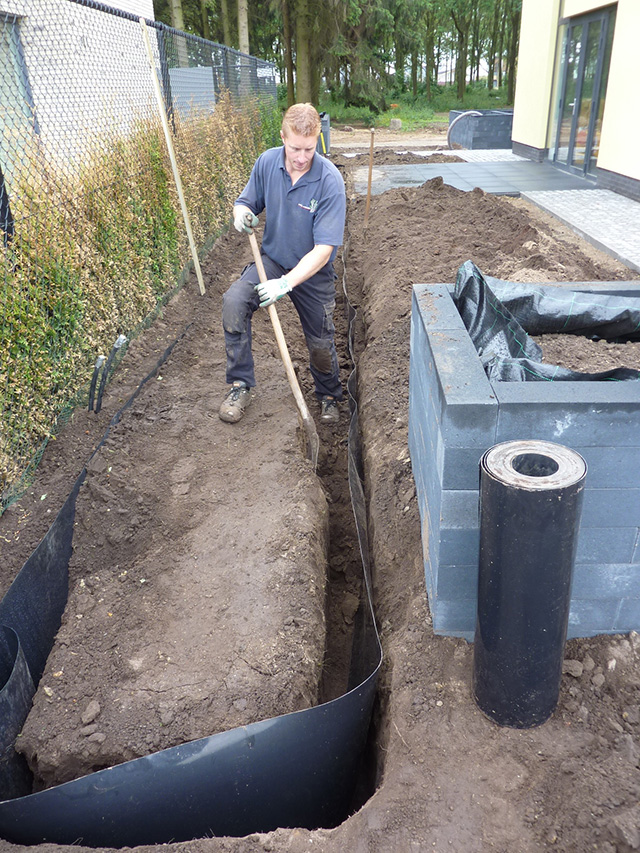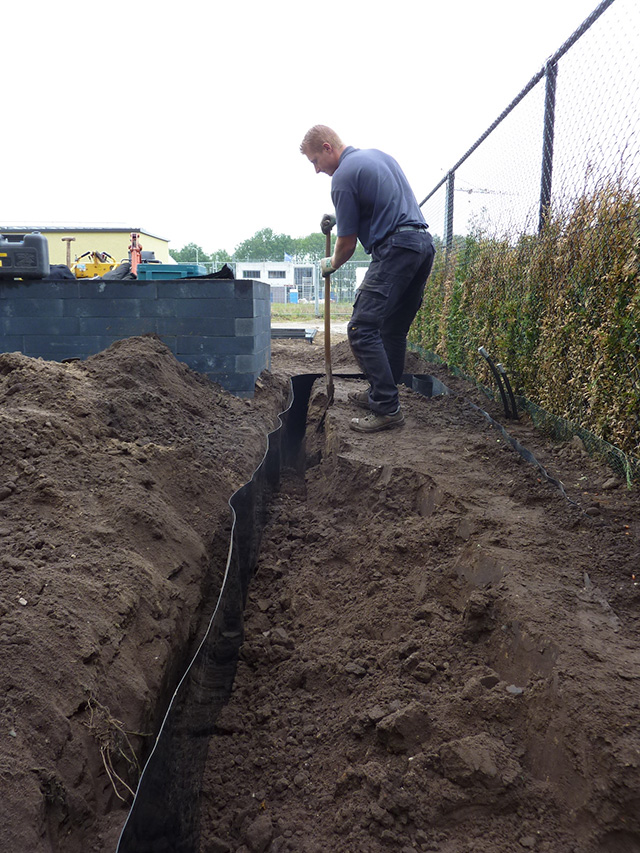Know How
Care and more
Location and soil type
Success in maintaining a healthy, beautiful plant is largely determined by the location. In general, the site must be spacious enough. Give the rampant species at least 2-3m² of space, but to get really high trunks, three to five times the space is required. The same applies to other plants; the more soil at the base of the plant, the better the plant can develop. Only some non-invasive species can thrive in planters, because the roots develop less vigorously and dehydration plays a less important role. If you want to keep bamboos in containers, make sure you have a large container and inquire about the right type of choice.It is also important that the plants are placed where there is as much protection as possible against north and east winds. In this way, the bamboos retain much more leaves in the winter months than they have to withstand extreme cold and wind.
The following applies to the soil type: well-drained and rich in humus. So, for example, poor sandy soil must be well improved with fertilized garden soil or ornamental garden fertilizer (ready-made mix of organic material). Mix the organic material through the first 30-40cm of the planting area. A planter may be filled with ready-made tub soil with clay granules. Line the inside of the container with bubble wrap so that the root ball is better protected against temperature fluctuations. Make sure that the box does not rest on the ground, for example by placing hardwood slats under it and provide sufficient potsherds or pebbles on the bottom for good drainage. If necessary; drill quite a few holes in the bottom, so that the excess water can escape.
Planting time and watering
Planting time is an important factor for success. In principle, the plants are set all year round, but it is preferable that the plant can still set itself, or can make roots. Therefore, the most ideal planting time for planting bamboos is between April and November. This gives the plants time to root before growth comes to a standstill during the frost period and they go into winter stronger.Make sure that the root ball of the plant is thoroughly wet immediately after setting. The first year after planting, it is important to protect the clump of the plant from drying out. Therefore, place the hose at the foot of the plant in good time, if necessary 3-4 times a week. If the soil is well-draining, you can never overwater. The amount of water and the frequency depend on the location and weather conditions. In general, after the first year after planting; with temperatures below 10 degrees, watering once every three weeks is sufficient (so watering is also important in winter). With temperatures between 10 and 20 degrees, once every one and a half weeks is sufficient. With temperatures above 20 degrees (in summer weather), it is wise to water the plants 3 times a week. If the water cannot drain properly, you risk rotting the roots, so assess carefully whether the water drains or not. As a rule of thumb, the root ball should not dry out during the first season. Curled leaves indicate a lack of water and stress.
Fertilization and winter protection:
We recommend fertilizing with organic fertilizer in the spring. Some brands are; Ecostyle, Culterra and DCM. Usually available at almost any garden center. Read the package for the correct dosage. The use of old cow manure or horse manure is also fine. Fertilization is possible from March to the end of August. Excessive fertilization is harmful! It is therefore better to fertilize a little every 8 weeks than a lot at once.Good winter protection reduces the risk of drying out during frost. By applying an extra mulch layer of straw or compost, the roots are better protected.


The use of a rhizome limiter or root limiter for rampant bamboos.
Thoughtful planning is necessary when using rampant bamboos. The use of a rhizome limiter is strongly recommended when planting invasive species such as Phyllostachys, Sasa, Pseudosasa, Pleiblastus, Indocalamus and Semiarundinaria. We recommend working with HDPE film (High Density Polyethylene) of at least 1mm thick and 70cm high. This root limiter is impenetrable to the foothills of the invasive species and also resistant to sun and weather. For non-invasive species, a 50cm high root limiter may be available if it is undesirable for the clump to assume its natural size in the border.Instructions: dig a trench about 65cm deep around the place where the bamboo is allowed to grow. For a medium-high bamboo (4-6m), a minimum of 2-3m² of humus-rich soil must be reserved. For the taller varieties (8-10m), 6-10m² is needed for the variety to grow well. Tilt the root limiter outwards at a slight angle so that the rhizomes are distracted. Join the two sides together by folding the foil and screw the root barrier together with two hardwood slats and screws or with bolts and nuts. Optionally, you can also use a stainless steel rhizome limiter closure. Allow the root limiter to protrude about 5cm above the ground to prevent roots from growing over it. Check once a year whether the root limiter is still intact or whether roots are trying to grow over it.
By regularly pruning the thinner and older culms, the above-ground part of the plant must be kept in balance with the roots. A bamboo with 10 to 15 healthy culms per square meter gives a nicer picture than a dense forest of old and crooked shoots.